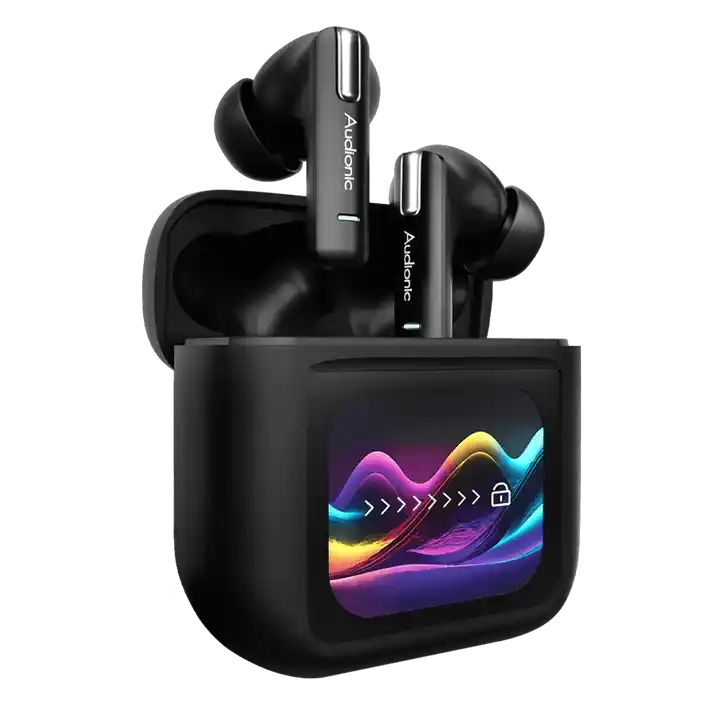
Power Banks & Battery Capacities
In today's fast world, where our smartphones and other portable devices are indispensable, the importance of a reliable power source cannot be overstated. Power banks have emerged as lifesavers, providing us with the ability to recharge our devices on the go.
However, not all power banks are created equal some are wireless power banks and others are not, one crucial factor that significantly influences their performance is battery capacity.
What is Battery Capacity?
Battery capacity refers to the amount of energy a battery can store and is typically measured in milliampere-hours (mAh).
In the context of power banks, battery capacity indicates how much charge the power bank can hold, which directly correlates with the number of times it can recharge your device.
The Impact of Battery Capacity on Performance
Charging Capacity
The primary purpose of a power bank is to recharge your devices when you're unable to access a traditional power source. A higher battery capacity means more stored energy, allowing the power bank to charge your devices multiple times before needing to be recharged.
Compatibility
Different devices have varying battery capacities and power requirements. A power bank with a higher capacity can accommodate a wider range of devices and can charge larger devices, such as tablets or laptops, more effectively.
Charging Speed
While battery capacity primarily determines the number of charges a power bank can provide, it also indirectly influences charging speed. Higher-capacity power banks often come equipped with multiple output ports and advanced charging technologies, enabling faster charging of your devices.
Durability and Longevity
Power banks with larger battery capacities tend to be more durable and have a longer lifespan. They can withstand more charge cycles without significant degradation, ensuring reliable performance over time.
Choosing the Right Battery Capacity
When selecting a power bank, it's essential to consider your specific needs and usage patterns:
Device Requirements
Determine the battery capacity of your device(s) and how often you need to recharge them on the go. Choose a power bank with a capacity that aligns with your device's battery size and your usage habits.
Portability
While higher-capacity power banks offer more charging power, they are often bulkier and heavier. If portability is a priority, opt for a more compact power bank with a slightly lower capacity that still meets your charging needs.
Additional Features
Consider other factors such as the number of output ports, compatibility with fast-charging technologies like Qualcomm Quick Charge or Power Delivery, and safety features like overcharge protection.
Final Thoughts
In conclusion, battery capacity plays a crucial role in determining the performance and usability of power banks. By understanding the impact of battery capacity and choosing a power bank that aligns with your needs, you can ensure that you always have a reliable source of power to keep your devices charged and ready to go.
Whether you're a frequent traveler, outdoor enthusiast, or simply someone who values convenience, investing in a power bank with the right battery capacity is essential for staying connected in today's digital age.

















